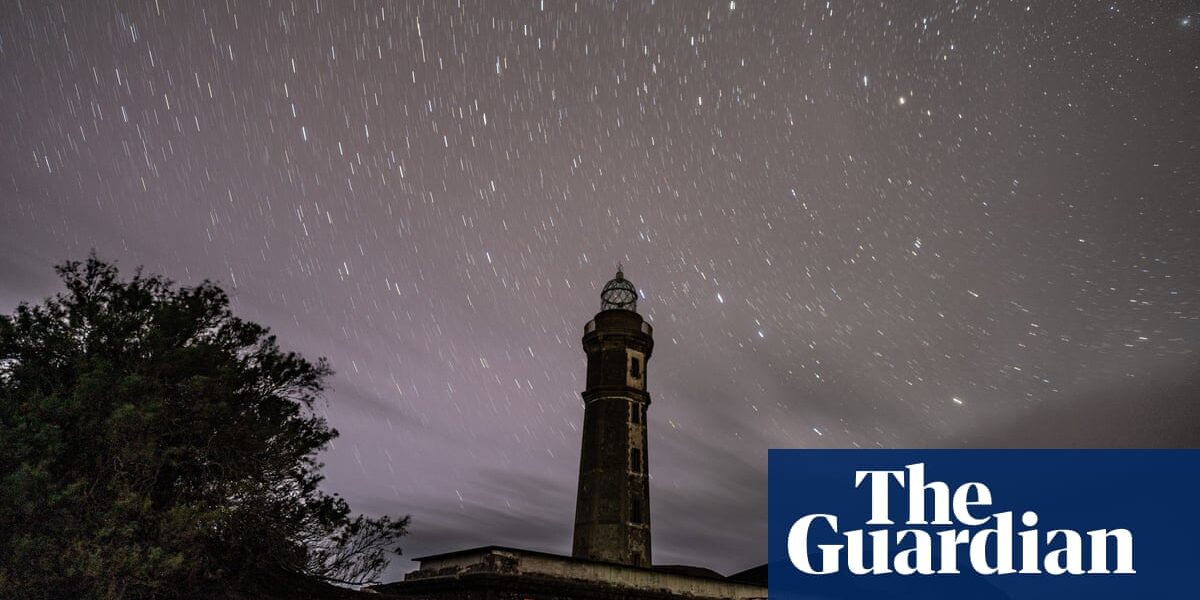
Scientists have observed a star that bears a black, metal-like mark on its surface. This mark is believed to be the result of a fragment of a planet that was destroyed when it came into close proximity with the star it orbits.
The compact white dwarf star, known as WD 0816-310, is a small, Earth-sized leftover of a star located approximately 63 light years away. It would have had similar characteristics to our sun during its lifetime. Studies have shown a concentrated area of metals on its exterior, which are believed to be the remains of a consumed planet fragment or asteroid.
Stefano Bagnulo, an astronomer from the Armagh observatory and planetarium in Northern Ireland, UK, and lead author of the study, stated that white dwarves, which are remnants of stars similar to our Sun, are known to consume parts of their own planetary systems as they cool down.
In the past, it was believed that these pieces would submerge into the star and spread out evenly across its surface. Yet, recent discoveries show that planetary matter is seemingly trapped by the star’s magnetic field, creating a shadowy surface formation. The metallic spot encompasses a greater portion of the pole compared to the size of Antarctica on our planet.
After a star dies and releases its outer layers to create a bright cloud called a planetary nebula, it leaves behind a dense, Earth-sized core known as a white dwarf. The strong gravitational force of white dwarfs can tear apart nearby planets and asteroids.
Jay Farihi, a professor of astrophysics at University College London and co-author on the study, said: “When a planet or asteroid gets close, it is tidally shredded. This is the final death spiral [of one of these fragments]. We’ve never seen this before. We now know the last moments before it’s gobbled up.”
The calculations indicate that the metals found on the star’s surface likely came from a planetary fragment of comparable or greater size than Vesta, which is approximately 500km in diameter and the second largest asteroid in our solar system.
The researchers observed that the metal detection strength varied as the star rotated, indicating that the metals are localized in a particular region on the surface of the white dwarf rather than evenly distributed.
Researchers also discovered that these alterations coincided with shifts in the magnetic field of the white dwarf, suggesting that the metallic scar is situated on one of its magnetic poles. Collectively, these pieces of evidence suggest that the magnetic field guided the metals onto the star, resulting in the formation of the scar.
Professor John Landstreet, from the University of Western Ontario and the Armagh Observatory and Planetarium in Canada, stated that the scar is a cluster of planetary material that is held in position by the magnetic field that also directed the falling fragments. This phenomenon has never been observed before.
Scientists are studying contaminated white dwarf stars in order to gain new understanding of the overall composition of planets outside of our solar system by analyzing the metals and elements found within them.
The results have been released in the Astrophysical Journal Letters.
Source: theguardian.com




